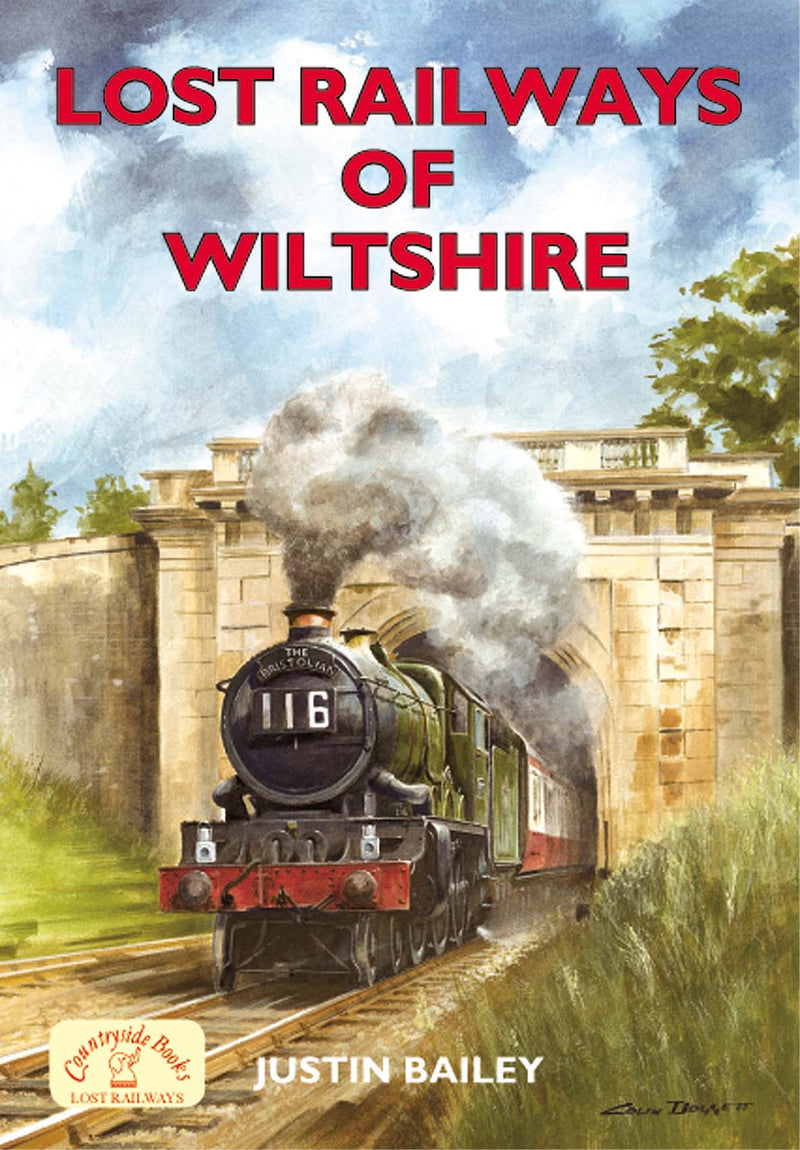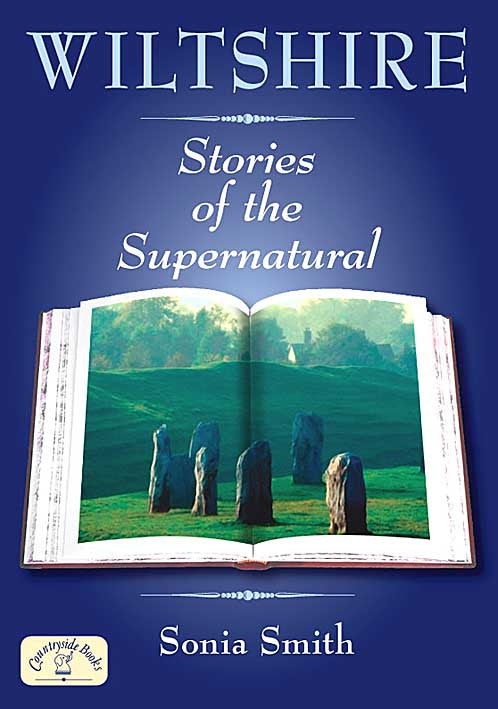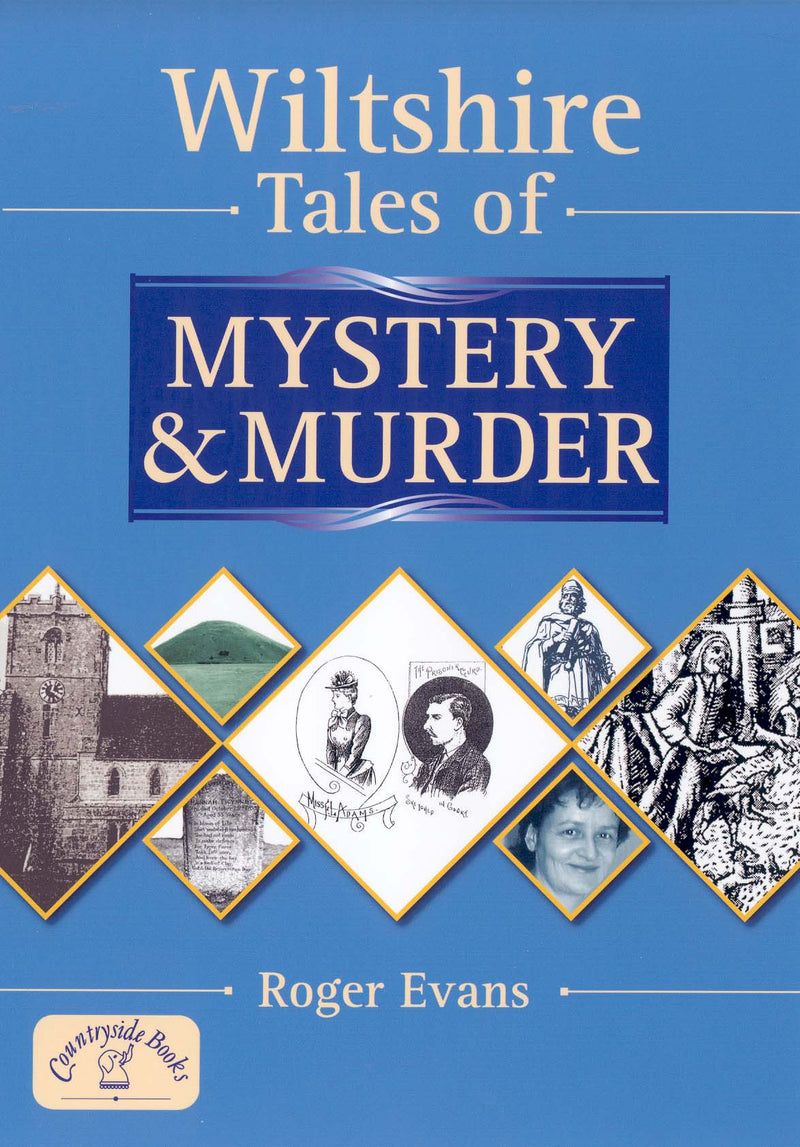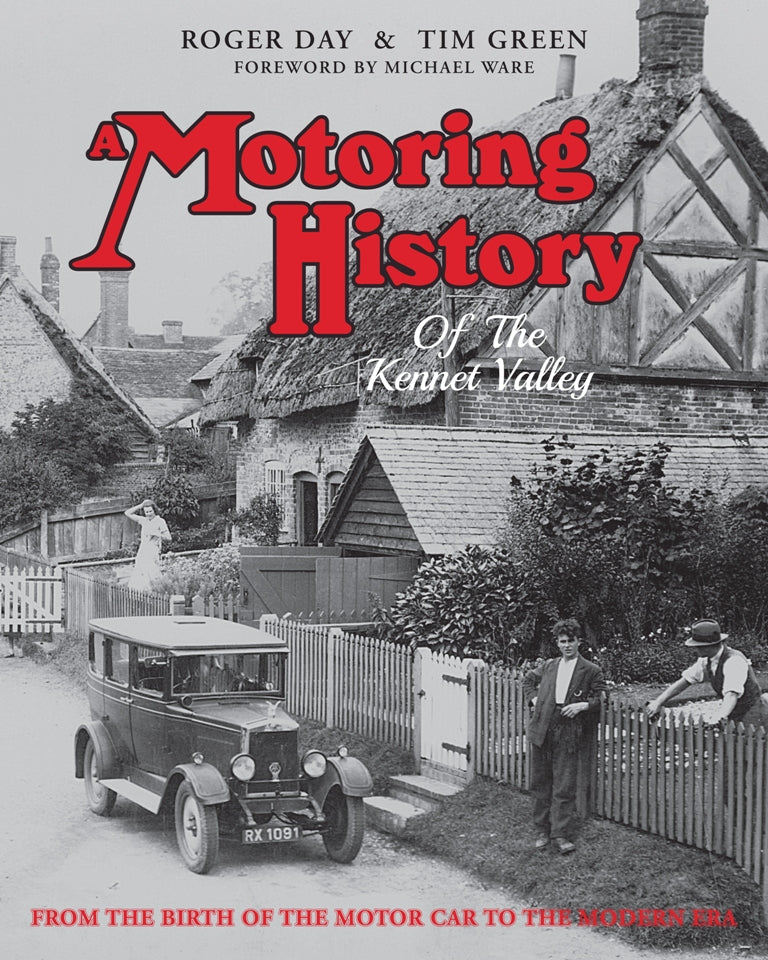{"id":9859512397,"title":"Lost Railways of Wiltshire","handle":"lost-railways-of-wiltshire","description":"\u003cp\u003e\u003cspan class=\"a-text-bold\"\u003eThis illustrated and meticulously researched book takes you back to the golden age of railways in Wiltshire\u003c\/span\u003e\u003cspan\u003e - to a time of thriving rural railways, when the sight of bustling stations and steam trains pulling liveried coaches across the countryside was common.\u003c\/span\u003e\u003c\/p\u003e\n\u003cp\u003e\u003cspan class=\"a-text-bold\"\u003eWiltshire's railway history began with the building of the Great Western Railway by the engineering genius Isambard Kingdom Brunel.\u003c\/span\u003e\u003cspan\u003e This London to Bristol railway line was given the Royal Assent in August 1835 and opened in June 1841.\u003cbr\u003e\u003c\/span\u003e\u003c\/p\u003e\n\u003cp\u003e\u003cspan\u003eSwindon was the spiritual as well as the industrial heart of the line - building steam locomotives, carriages and wagons on a site that eventually covered 326 acres, 7742 acres of which were under cover. It employed over 10,000 men and was the largest railway workshop in the world.\u003cbr\u003e\u003c\/span\u003e\u003c\/p\u003e\n\u003cp\u003e\u003cspan\u003eBut the golden age was not to last. Motorised transport took away passengers and freight, and lines began to close. Some had a stay of execution during the Second World War but, by the 1960s, and hastened by the Beeching Act, those not paying their way were shut, leaving behind a rich legacy.\u003c\/span\u003e\u003c\/p\u003e\n\u003cp\u003e\u003cspan class=\"a-text-bold\"\u003eAuthor Justin Bailey explains the history of these lines - the reasons for their construction and for their closure. Modern photographs accompany those taken when the lines were open and busy. There are also details of what can be seen of these lines today.\u003c\/span\u003e\u003c\/p\u003e\n\u003cp\u003eA5 (softcover) 160 pages\u003c\/p\u003e\n\u003cp\u003eAuthor: Justin Bailey\u003c\/p\u003e\n\u003cp\u003eISBN 9781853069932\u003c\/p\u003e","published_at":"2022-05-03T14:54:58+01:00","created_at":"2017-05-03T16:48:04+01:00","vendor":"Countryside Books","type":"Books","tags":["By region_Wiltshire","Justin Bailey"],"price":1199,"price_min":1199,"price_max":1199,"available":true,"price_varies":false,"compare_at_price":null,"compare_at_price_min":0,"compare_at_price_max":0,"compare_at_price_varies":false,"variants":[{"id":36855278925,"title":"Default Title","option1":"Default Title","option2":null,"option3":null,"sku":"","requires_shipping":true,"taxable":false,"featured_image":null,"available":true,"name":"Lost Railways of Wiltshire","public_title":null,"options":["Default Title"],"price":1199,"weight":200,"compare_at_price":null,"inventory_quantity":-15,"inventory_management":null,"inventory_policy":"deny","barcode":"9781853069932","requires_selling_plan":false,"selling_plan_allocations":[]}],"images":["\/\/countrysidebooks.co.uk\/cdn\/shop\/products\/Lost_Railways_Wiltshire.jpg?v=1510956523"],"featured_image":"\/\/countrysidebooks.co.uk\/cdn\/shop\/products\/Lost_Railways_Wiltshire.jpg?v=1510956523","options":["Title"],"media":[{"alt":"Lost Railways of Wiltshire book cover. Transport history of steam trains and stations in Wiltshire.","id":285467345027,"position":1,"preview_image":{"aspect_ratio":0.696,"height":1700,"width":1183,"src":"\/\/countrysidebooks.co.uk\/cdn\/shop\/products\/Lost_Railways_Wiltshire.jpg?v=1510956523"},"aspect_ratio":0.696,"height":1700,"media_type":"image","src":"\/\/countrysidebooks.co.uk\/cdn\/shop\/products\/Lost_Railways_Wiltshire.jpg?v=1510956523","width":1183}],"requires_selling_plan":false,"selling_plan_groups":[],"content":"\u003cp\u003e\u003cspan class=\"a-text-bold\"\u003eThis illustrated and meticulously researched book takes you back to the golden age of railways in Wiltshire\u003c\/span\u003e\u003cspan\u003e - to a time of thriving rural railways, when the sight of bustling stations and steam trains pulling liveried coaches across the countryside was common.\u003c\/span\u003e\u003c\/p\u003e\n\u003cp\u003e\u003cspan class=\"a-text-bold\"\u003eWiltshire's railway history began with the building of the Great Western Railway by the engineering genius Isambard Kingdom Brunel.\u003c\/span\u003e\u003cspan\u003e This London to Bristol railway line was given the Royal Assent in August 1835 and opened in June 1841.\u003cbr\u003e\u003c\/span\u003e\u003c\/p\u003e\n\u003cp\u003e\u003cspan\u003eSwindon was the spiritual as well as the industrial heart of the line - building steam locomotives, carriages and wagons on a site that eventually covered 326 acres, 7742 acres of which were under cover. It employed over 10,000 men and was the largest railway workshop in the world.\u003cbr\u003e\u003c\/span\u003e\u003c\/p\u003e\n\u003cp\u003e\u003cspan\u003eBut the golden age was not to last. Motorised transport took away passengers and freight, and lines began to close. Some had a stay of execution during the Second World War but, by the 1960s, and hastened by the Beeching Act, those not paying their way were shut, leaving behind a rich legacy.\u003c\/span\u003e\u003c\/p\u003e\n\u003cp\u003e\u003cspan class=\"a-text-bold\"\u003eAuthor Justin Bailey explains the history of these lines - the reasons for their construction and for their closure. Modern photographs accompany those taken when the lines were open and busy. There are also details of what can be seen of these lines today.\u003c\/span\u003e\u003c\/p\u003e\n\u003cp\u003eA5 (softcover) 160 pages\u003c\/p\u003e\n\u003cp\u003eAuthor: Justin Bailey\u003c\/p\u003e\n\u003cp\u003eISBN 9781853069932\u003c\/p\u003e"}






